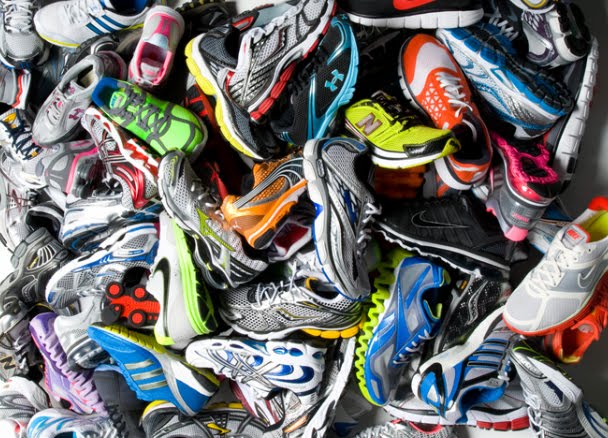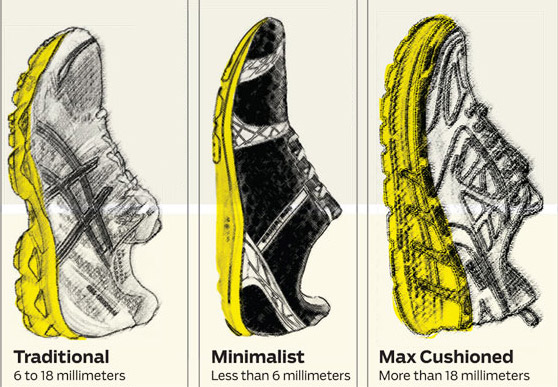We humans like heroes. All of us do. Across cultures, generations, and races, even in the Lascaux cave, we write epic tales of heroism. Books, songs, theater, pottery, paintings, tapestries, movies, games, all of these media and more illustrate the hero's journey.
The details vary, but many of the themes are consistent. Joseph Campbell depicted these commonalities so well in The Hero With A Thousand Faces, a writing that inspired many contemporary storytellers, most notably George Lucas in his creation of Star Wars. While in ancient folklore, the heroes were often super-human in their respective mythologies - Osiris, Jesus, Prometheus, Mohammed, Aeneas, etc - our more recent mythic heroes are mortal, ordinary, and flawed. I tend to think that one reason why we write our contemporary heroes as such is because we want a projection of them in ourselves...or, of ourselves in them...whichever way, we strive to emulate them. When they are more real, their stories become more authentic, more powerful.
Before anyone gets uptight about how I am speaking of athletes as "heroes" and starts trying to police the word into some narrow definition exclusive only to cancer survivors and military veterans, I am simply writing about one piece of our cultural fascination with the "hero's journey."
It is also worth noting that, with regards to this "heroes journey", I am not necessarily talking those revered for a singular heroic act, in and of itself (though such individuals are, indeed, heroic and deserving of the title). I am referring to those who's heroic journeys we follow, in the most classical, Campbellian sense of the word. This most definitely includes the stories of cancer survivors, of military personnel, and, yes, of athletes. Not because they all have struggled and suffered in some equitable way, but because their journeys are consistent with that of the mythic hero.
 One of the beauties of running is that it can serve as an amazing "hero's journey" you can write for yourself. Because, lets face it, our career paths may not necessarily take us on a "hero's journey." We rush to movie theaters to project ourselves onto Luke Skywalker, Frodo, Ripley, Harry Potter, Captain Kirk, et al, to be moved by a journey that most of us do not experience in our own lives. These heroes experience what Campbell coined a "call to adventure". Harry receives his Hogwarts welcome letter. Bilbo Baggins presents Frodo with the ring. R2D2 and C-3PO arrive at Luke Skywalker's water farm. A defining moment jettisons the hero from their ordinary life into an extraordinary one.
One of the beauties of running is that it can serve as an amazing "hero's journey" you can write for yourself. Because, lets face it, our career paths may not necessarily take us on a "hero's journey." We rush to movie theaters to project ourselves onto Luke Skywalker, Frodo, Ripley, Harry Potter, Captain Kirk, et al, to be moved by a journey that most of us do not experience in our own lives. These heroes experience what Campbell coined a "call to adventure". Harry receives his Hogwarts welcome letter. Bilbo Baggins presents Frodo with the ring. R2D2 and C-3PO arrive at Luke Skywalker's water farm. A defining moment jettisons the hero from their ordinary life into an extraordinary one.
Truthfully, such a moment may not happen for most of us. At least, not in the way that we expect. And unlike a well-constructed literary plot line, our lives usually do not unfold in a clean, developing narrative that is fascinating and inspiring to outsiders. We do not advance through our lives in a concrete, tangible way. We grow, we learn, and we develop, most definitely. But it feels anything but "heroic", and the consistency, the mundane, the grit of accumulated day-to-day life can leave us feeling insignificant.
As a teacher, my career is, truthfully, a far leap from a "hero's journey". Unlike what unfolds in Mr Holland's Opus, Dead Poet's Society, and the short list of other movies about teachers, we teachers most likely do not experience a powerful, heart-warming realization where the teacher's struggles and efforts are vindicated, leaving them knowing that they made a profound difference in the world. Don't get me wrong - cognitively, I do know that my efforts make a difference, and I do love what I do. Teaching is a shit-ton of hard work, all the time, but when I am in the classroom, engaging with students about my most favorite topics ever, I am truly happy. 10 years of teaching and I still feel this way. But this career, however much I love it, will most likely never reflect a "hero's journey". There isn't really much career advancement in teaching, and very little progresses from day to day, year to year, in terms of what we do. It is fulfilling as hell, to me anyway, and we teachers do grow and learn in the process, but our teaching lives do not evolve and change much.
What is so important about a hero's journey, anyway? Not everyone really wants or needs one. Some people thrive in consistency and resist change. But for those of us who seek a mythical, literary "hero's journey" in our lives, we cannot just wait for a "call to adventure" to fall upon us. We have to create one for ourselves.
During the time that I was staying home with Jack, my running went from being a hobby to being a kind of "non-professional profession". Without the routine and consistency teaching in my life, running became my proxy for a professional life. I began to train like a pro runner: run first thing in the morning, then strength training at the gym (thank goodness for the children's care zone...), stretching, nap after lunch when Jack napped, then a second run or brisk walk with the jogging stroller. Because I am so very lucky that Jack has a teenage big brother who loves to spend time with him, even when Stephen was busy I could still get away for cross training or a local race. Everything about my running changed, and I began setting big PRs across all distances. Consistently running sub-20 minutes in the 5K again, sub-1:30 half marathons, and a 3:18 marathon PR.
Then came the big long-term goal: I want to compete in the 2020 Olympic Trials marathon.
Many runners aspire to this, but very few achieve it. It is the next big dream in the progression beyond qualifying for Boston. But compared to other running events and sports, we actually see many non-professional runners toe the line at the Olympic Trials marathon (an example: qualifiers at the Jacksonville Bank Half-Marathon). For the 2016 Trials, more and more qualifiers were moms, dads, working professionals in non-running fields who, like myself, do not have the time or access to the elite lifestyle. They made me realize that I can do the same. This dream is very real, and very possible. But it will be a very challenging road.
Now that I am back to teaching full-time, and have been since January, keeping up the lifestyle and pace of training that I enjoyed while being a stay-at-home mom has been very challenging, but not impossible. When I think about the fact that to qualify for the Trials I need to break 2:45, which is about 6:18/mile pace, I feel an urge to curl into a ball under a blanket and never come out. But it is this precise instinct that draws me into this "hero's journey" even more.
Yes, I may very well fail to qualify for the Trials. When all else is done - training regimen, recovery, nutrition, race strategy, etc - my genetic potential may just not be enough to break 2:45. This is a possibility that I have fully accepted. At the very least, barring injury, I will uncover my full potential is in the marathon, whatever it may be, even if it does fall short of my goal time. That is a victory, and for that I will accept nothing less.
Such is the mission of all runners - whether that goal involves completing their first 5K, or marathon, or qualifying for Boston, or an Olympic medal. Our "hero's journeys" are dynamic, powerful, and genuine. For those racing this week in Eugene, this is the pinnacle of their journeys, and the fuel for many others'. Some have come to the glorious end of their journey, while others may be at the beginning. Some have dreamed of this their entire lives, while others experienced a "call to adventure" later in life, discovering a talent they didn't know they had.
Running is one amazing "hero's journey".




























